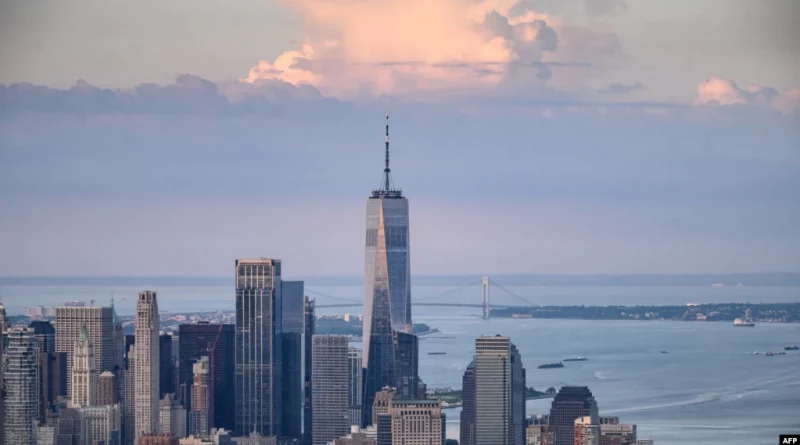The first 9/11 museum closes
The first 9/11 museum closes
The 9/11 Memorial Museum in Lower Manhattan, prior to the opening of the national memorial at Ground Zero, had been serving as it for several years. Created at the initiative of relatives of the New Yorkers who died in the attacks, it has become a place where the story of 9/11 can be heard from the lips of those who survived it personally.
“Here you see Jonathan Ielpi’s uniform,” says 9/11 Tribute Museum board member and volunteer Peter Bitwinski. – This is the son of Lee Ielpi, the museum’s founder. He died and when his body was found, his father donated his son’s fireman’s uniform and helmet to the museum.”
Peter Bitwinski worked shifts at the museum as a volunteer tour guide for 13 years. He survived the terrorist attacks on the World Trade Center in February 1993 and September 2001. His office was in the North Tower on the 69th floor. Peter remembers that day in great detail.
“I heard the sound of steel grinding. The building was moving back and forth, and when I got up from my desk, the floor was shaking. I just felt like everything was going to collapse under my feet and I was going to fly down. The vibration stopped after a couple of minutes, and we started evacuating, avoiding the elevators, up the stairs. My colleague friend John Abruzzo couldn’t move himself-he was in a wheelchair. We, along with ten other colleagues, were able to get him down. About fifteen minutes later the building collapsed.
Personal stories like this one, according to Peter, made the 9/11 Memorial Museum unique even after the huge National Memorial Museum opened next door. Most of the museum’s tour guides and curators had ties to those events. They worked in the WTC towers, lost family or friends in the attacks, helped with debris removal or were rescuers.
“Our goal was to honor the victims and then to bring together people who were involved with the World Trade Center and those events,” says Peter Bitwinski. – They should have a place where they could all gather and feel comfortable. We could share our feelings and experiences with others.
The 9/11 museum doesn’t have many exhibits. Mostly photographs and people’s personal belongings. And a gallery of stories where many people specifically came to hear the personal recollections of witnesses to those events, as well as tours of Lower Manhattan. Volunteers like Peter worked for free; the museum was kept alive by ticket sales and private donations. Over the years, this allowed the museum to continue operating. Now the museum is forced to close on the eve of the 21st anniversary of the 9/11 attacks, under the weight of post-pandemic financial problems. The museum was closed for more than six months, according to Peter, and there were no visitors.
“Then when the museum reopened, foreign visitors were not allowed into the United States. So no foreign visitors, and Americans themselves didn’t really travel around the country on vacation. There were no visitors, no income, no livelihood. Rents and debts went up a lot. We recovered a little bit, but it wasn’t enough to last and move forward.”
The exhibits will be donated to the state museum in Albany. The museum’s official website, where volunteers can share their stories, will continue to operate, but it is officially closing its doors to the public. After word of this appeared in the city and national media, museum founders hope that a major sponsor will respond financially to their call for support, and have not given up hope of returning their small “personal stories” museum to Lower Manhattan, next door to the national museum and the 9/11 memorial.
